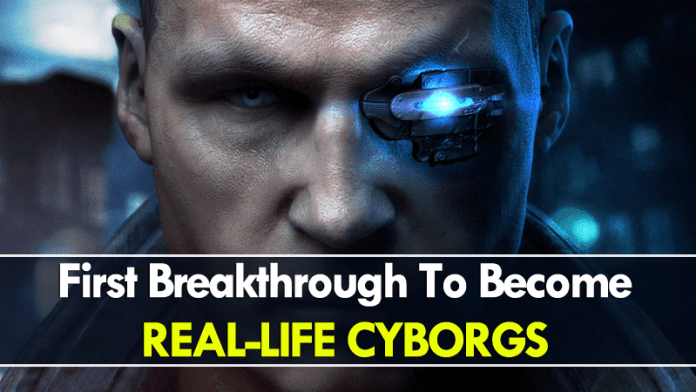Scientists have taken another major step toward developing real-life cyborgs simply by illustrating that how actually the biological cells can be electronically programmed simply to act in different ways which could be the first breakthrough to become real-life CYBORGS.
Programmable Cells, First Breakthrough To Become Real-Life CYBORGS
High-tech implants, mind-controlled prostheses, and heads-up displays like Google Glass make it much clear that the cyborg dream of machine-augmented humans is no longer confined to the science fiction.
Electronics are present in our day to day life, but we do not use it as part of our body, at least until now. If it is true that there are solutions, mainly with medical applications, that if, in a way, they become part of us to supply some fault of our body. The list is long, from pacemakers to prosthetics controlled by the mind, through devices such as Google Glass.
Undoubtedly, this approach is far from becoming cyborgs, but the University of Maryland fantasy led to the next level and led a new research just how you can control biological cells electrically, to program them in different ways.
Electrical currents to our cells
In the past, it was discovered that we had cells in our body that allowed an exchange of information using an electric current as neurons or cardiomyocytes. This gave rise to inventions such as defibrillators, electrocardiograms or electroencephalograms. However, most molecules of our body are not able to exchange any information with electronics, such as cholesterol, hormones or proteins.
Research carried out by the University of Maryland aims to open a dialogue between these molecules and electronics. The researchers describe an electrogenic exchange system between bacterial cells that allows them to behave in a way whose intent was never in nature. Scientists have made it possible, for example, by applying the voltage to a bacterium which is capable of emitting a green light.
Another observation that was carried out is that some bacteria advanced when they were applied to the current and stopped when it stopped applying. This can have very interesting as taking medication to specific body parts applications.
According to the researchers themselves, a wearable type Fitbit could be used to deliver insulin or antibiotics to patients who need it through the skin, and even detect the patient’s biomarkers.
An interesting development that can mitigate the effects of some diseases and improve the lives of those who suffer. Hopefully, we see progress like these more often.



